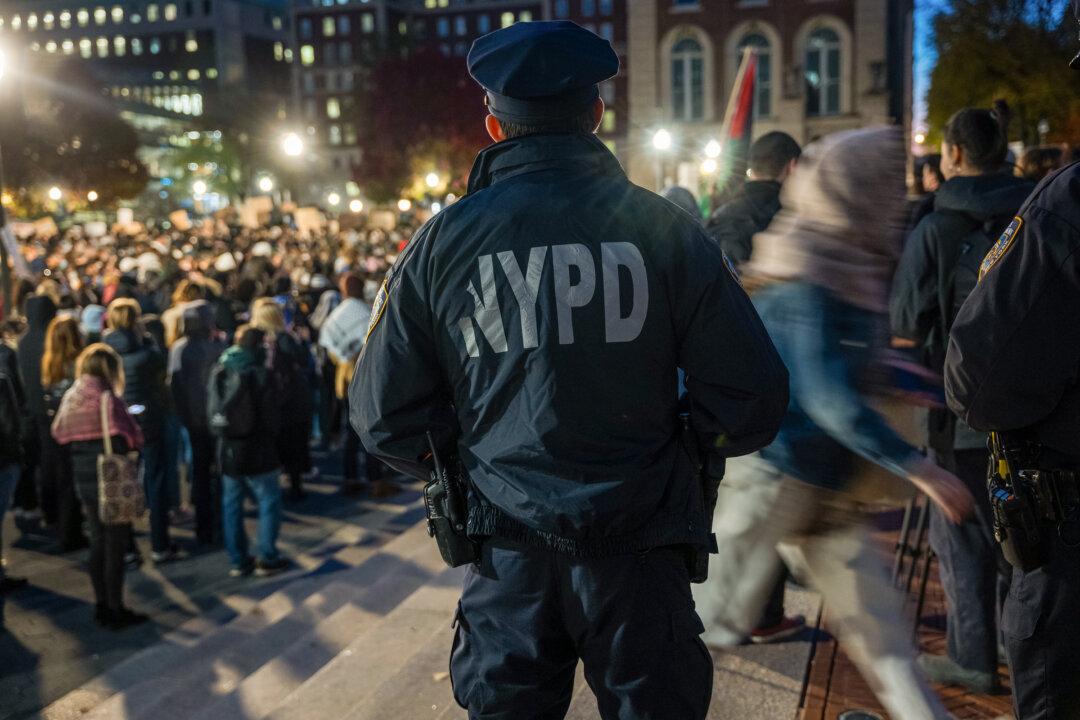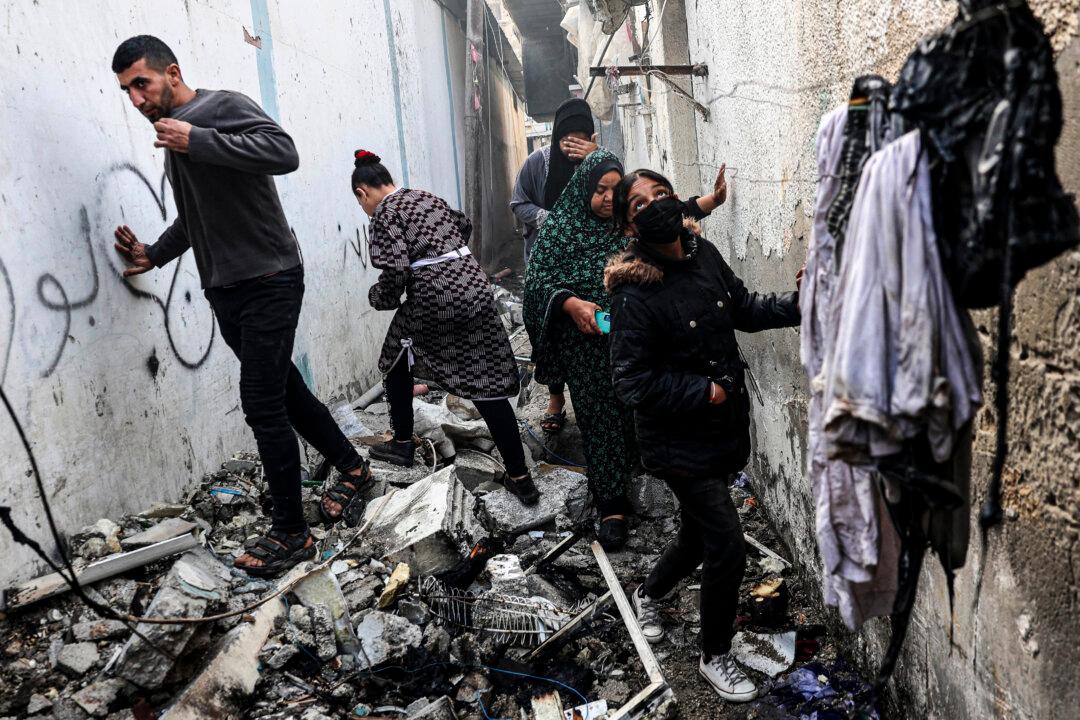When New Yorkers go to the polls on Aug 23, their numbers may be startlingly low. Analysts say the rescheduling of half the state’s primaries from June to late August may catch much of the state in last-week-of-summer-vacation mode, with many would-be voters away at, say, the beach.
Turnout estimates are very low for the congressional and state Senate primaries. Politicos in various parts of the state put turnout at 10 percent, or even lower. Keith Davies, Democratic campaign manager for Suffolk County on Long Island’s eastern end, said they expect as few as 5 percent of voters to cast their ballots. Early voting numbers have been abysmal.





